Our brains are constantly changing. Every time we think, feel, or do something, the brain forms new connections. This is called neuroplasticity. But did you know that you can guide this process in a positive direction?
Positive neuroplasticity is about teaching your brain to become more resilient, calm, and joyful. By focusing on good experiences and reinforcing them, you can literally “rewire” your brain for a better life.
In this blog, we’ll explain what positive neuroplasticity means, how it works, and simple ways to use it in your daily life.
What Is Positive Neuroplasticity?
Positive neuroplasticity means helping your brain grow in a healthy, beneficial way. It’s about turning positive thoughts, feelings, and habits into lasting patterns in the brain.
For example, when you feel loved or proud and take a moment to feel it really, your brain strengthens those “feel-good” connections. The more often you do this, the easier it becomes to feel those emotions again. Over time, your brain becomes more tuned to happiness, strength, and peace.
This idea is based on the work of Dr. Rick Hanson, who says, “What fires together, wires together.” Meaning: the more you focus on positive experiences, the more your brain becomes wired to repeat them.
Enhance Positive Neuroplasticity with neuroVizr
While daily habits can gradually shape your brain, tools like neuroVIZR can supercharge this process. Our light and sound stimulation device is designed to support the brain’s natural ability to rewire helping you achieve greater calm, focus, and emotional balance, faster.
Why Does This Matter?
Our brains are naturally wired to notice problems (it’s called the “negativity bias”). This helped our ancestors survive, but today, it can make us more anxious or negative than we need to be.
Positive neuroplasticity helps balance that by:
-
Building emotional strength
-
Improving memory and focus
-
Helping us feel more confident and grateful
Simple Ways to Practice Positive Neuroplasticity Daily
You don’t need hours of meditation or complicated routines. Just a few small habits can make a big difference.
-
Take In the Good
When something good happens, pause. Notice how it feels. Maybe it’s the sunshine, a kind word, or a job well done. Stay with that good feeling for 15–30 seconds. Let your brain “soak it in.” -
Keep a Gratitude Journal
Write 2–3 things you’re thankful for each day. It could be as simple as your morning coffee or a smile from a friend. This trains your brain to focus on what’s going well. -
Use Positive Reminders
Put a sticky note on your mirror with a positive word like “strong,” “loved,” or “calm.” When you see it, pause and feel the meaning behind it. -
Reframe Negative Thoughts
If you catch yourself thinking something harsh, ask: “Is there a more helpful way to look at this?” Try to shift your thinking toward learning or growth. -
Practice Kindness
Doing something nice for someone else even a small thing can trigger positive emotions in your. Also read the principle of neuroplasticity.
 The Science Behind It
The Science Behind It
Your brain is made of billions of neurons. When you have a positive thought or feeling, certain neurons fire. When this repeatedly happens, those neurons wire together making it easier for you to feel that way again.
This is called “experience-dependent neuroplasticity.” You shape your brain through what you pay attention to.
Final Thoughts: Small Steps, Big Change
You don’t need to make huge changes overnight. Positive neuroplasticity works through small, repeated actions. Whether it's pausing to enjoy a good moment or writing down your wins for the day every time you do, you’re shaping your brain for a better future.
Your mind is more flexible than you think. With patience and practice, you can build a brain that supports happiness, calm, and strength.
FAQs About Positive Neuroplasticity
Q: How to create positive neuroplasticity?
Focus on good moments, stay with the feeling, and repeat it often. Over time, your brain learns to hold onto positive experiences.
Q: What is positive brain plasticity?
It’s your brain’s ability to grow and change in helpful ways. It allows you to build emotional strength, better thinking, and resilience.
Q: What are the positive and negative neuroplasticity?
Positive neuroplasticity builds good habits and emotional strength. Negative neuroplasticity happens when your brain strengthens stress, fear, or bad habits from repeated negative thinking or behavior.
Q: What are the three types of neuroplasticity
-
Structural: Changes in physical parts of the brain.
-
Functional: Other areas of the brain take over damaged functions.
-
Synaptic: Strengthening or weakening the connections between neurons.
Disclaimer: neuroVIZR is a wellness device created to promote relaxation, focus, and overall brain wellness. It is not a medical device, does not provide diagnoses, and is not intended to treat, cure, or prevent any medical condition. The device is not suitable for individuals with epilepsy. Experiences and results may vary from person to person.



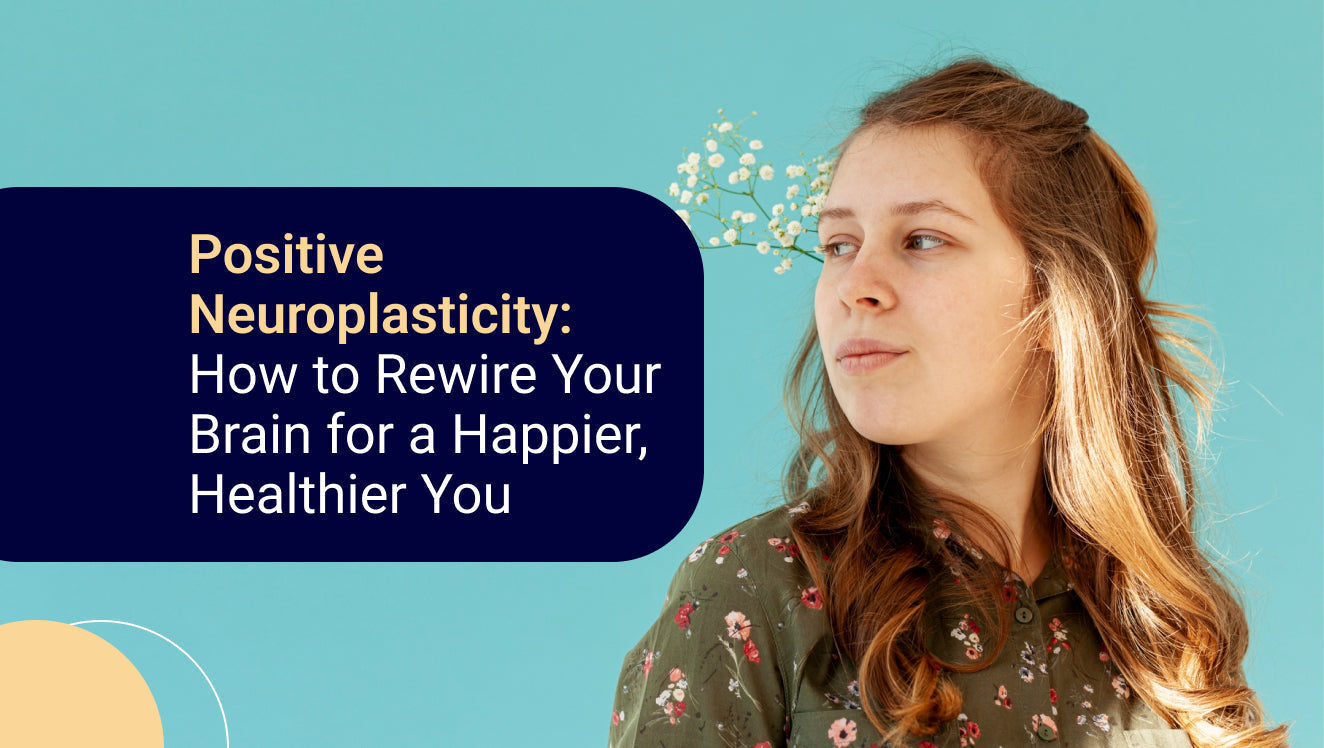




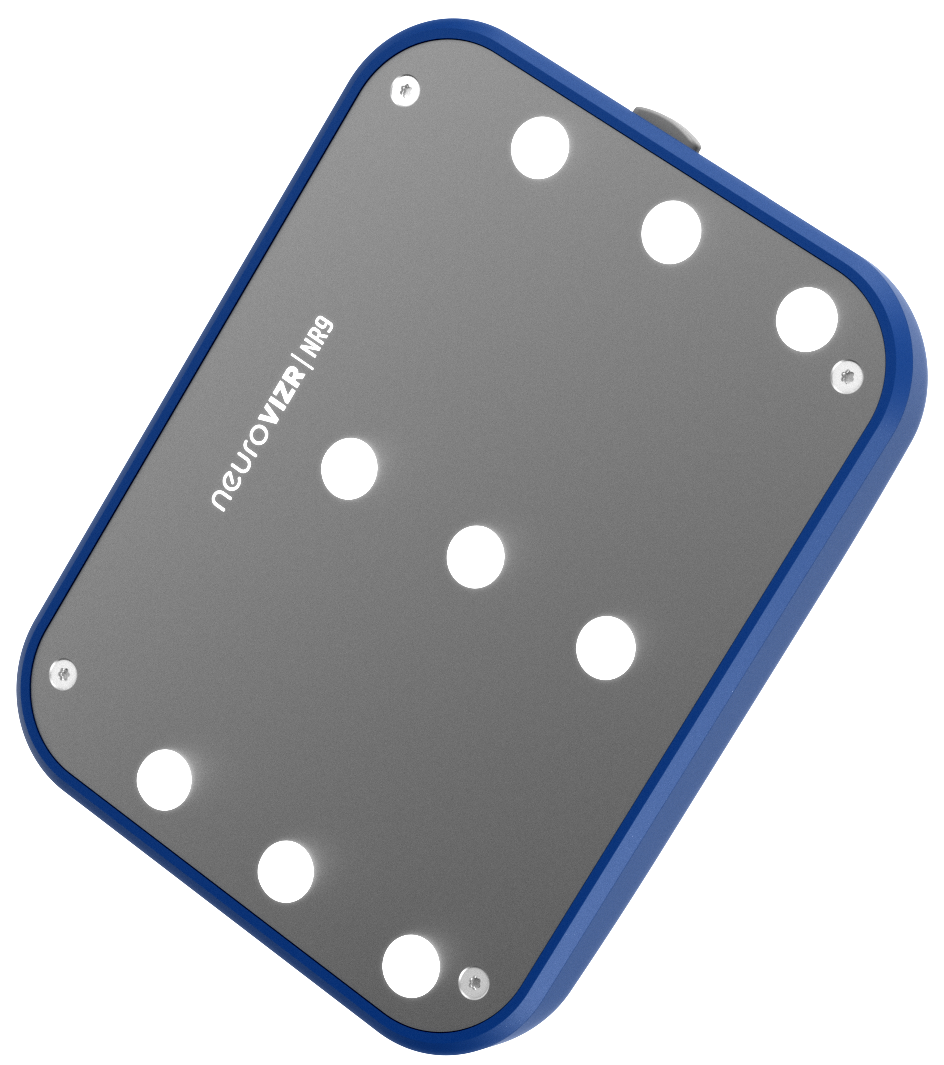
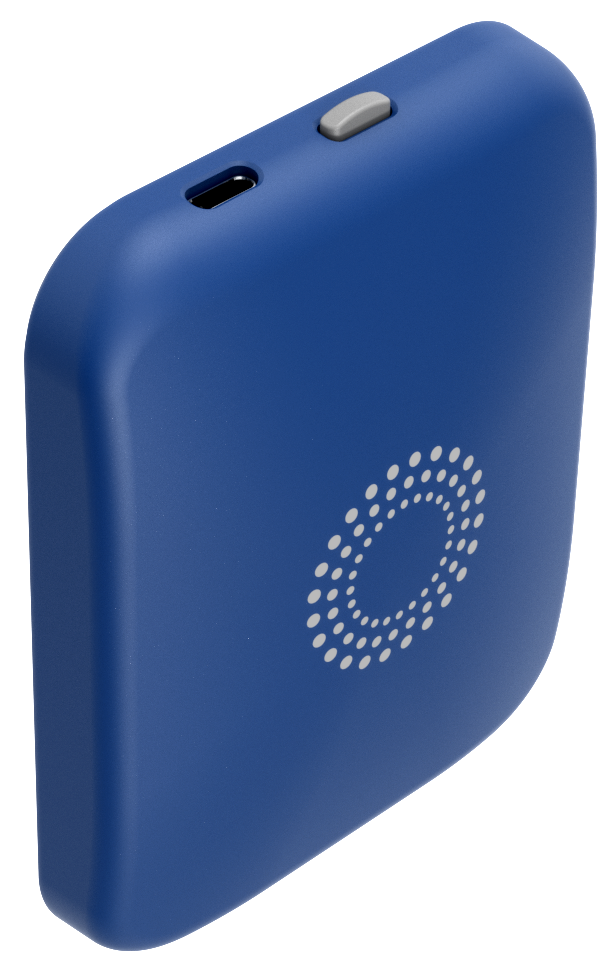
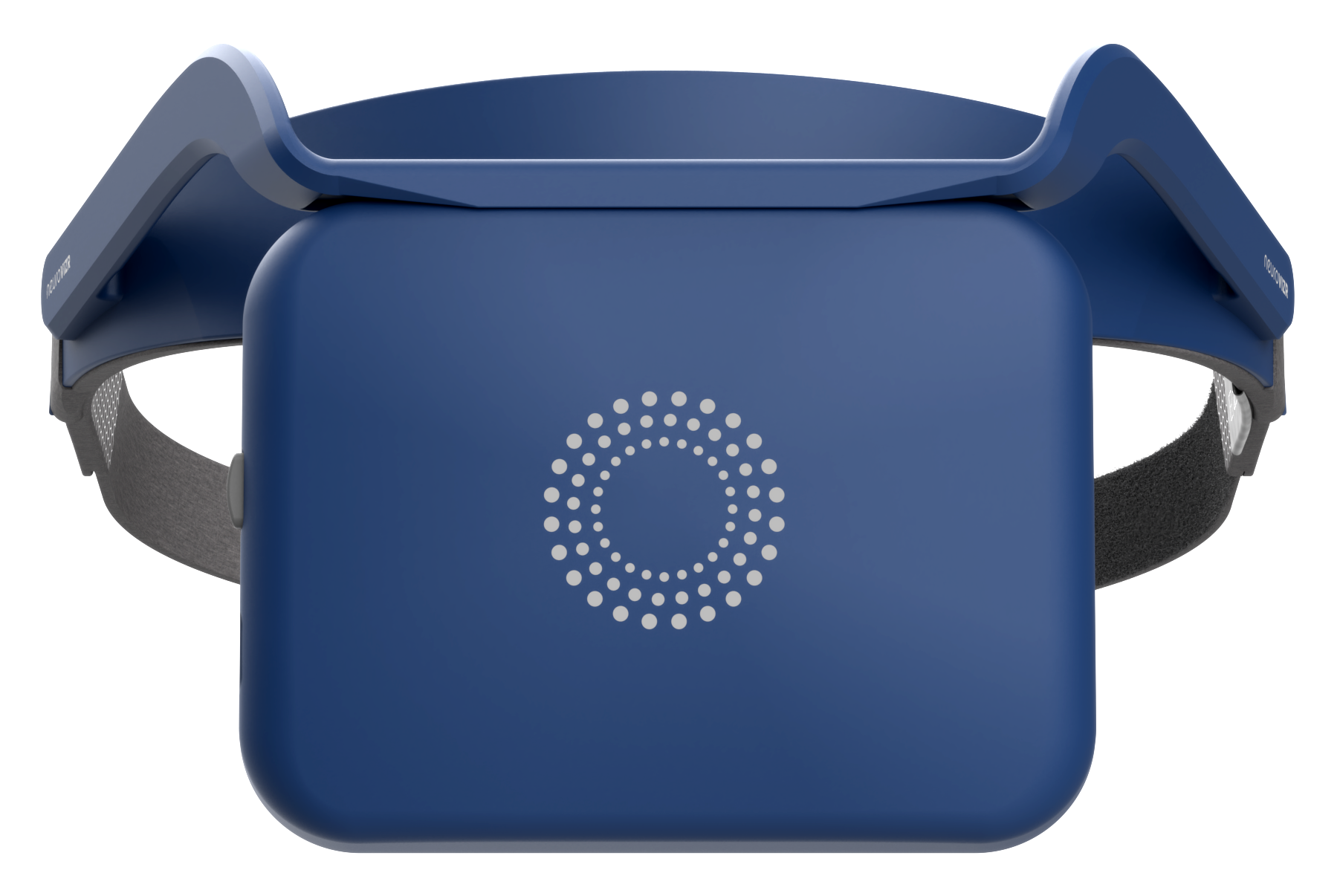


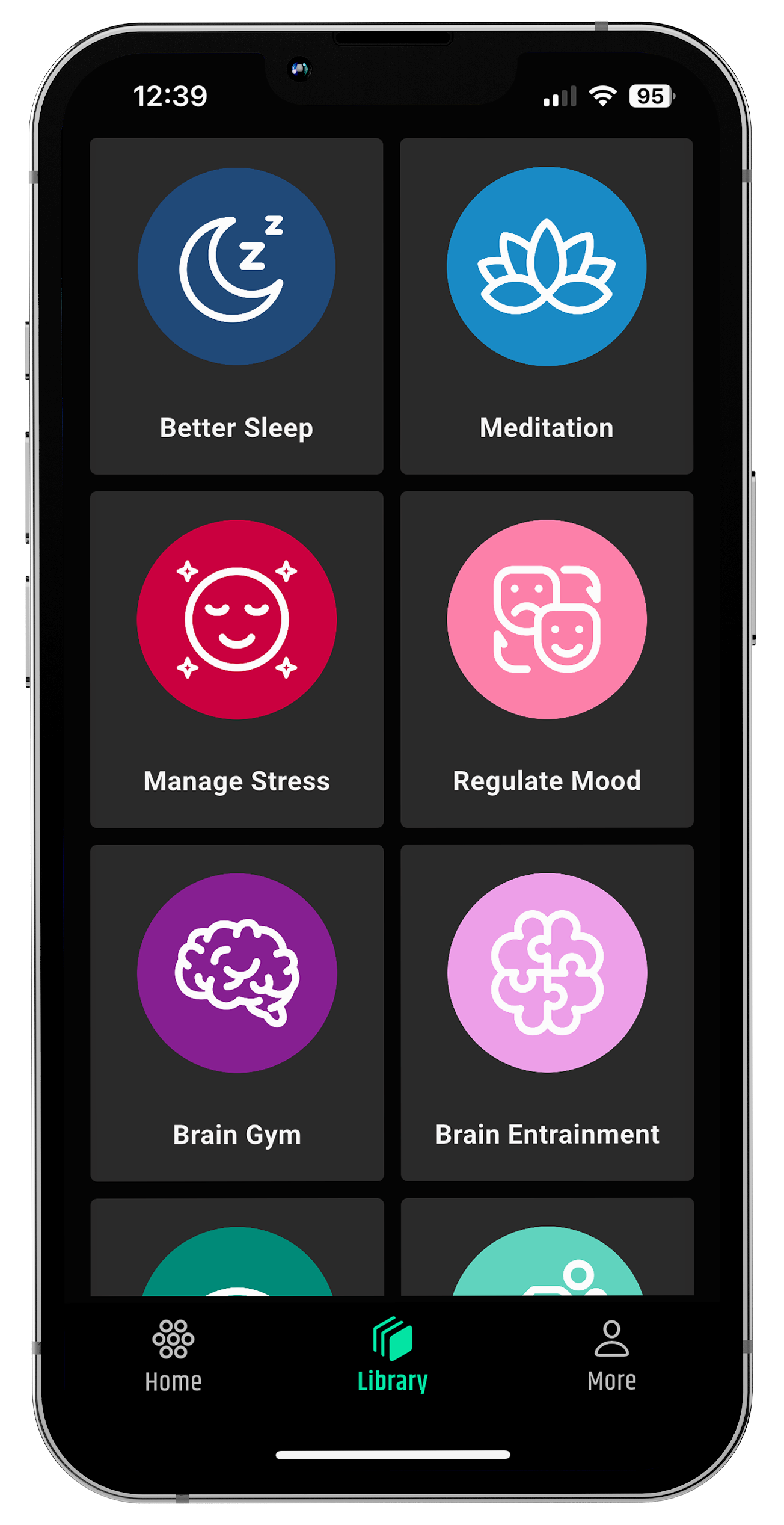


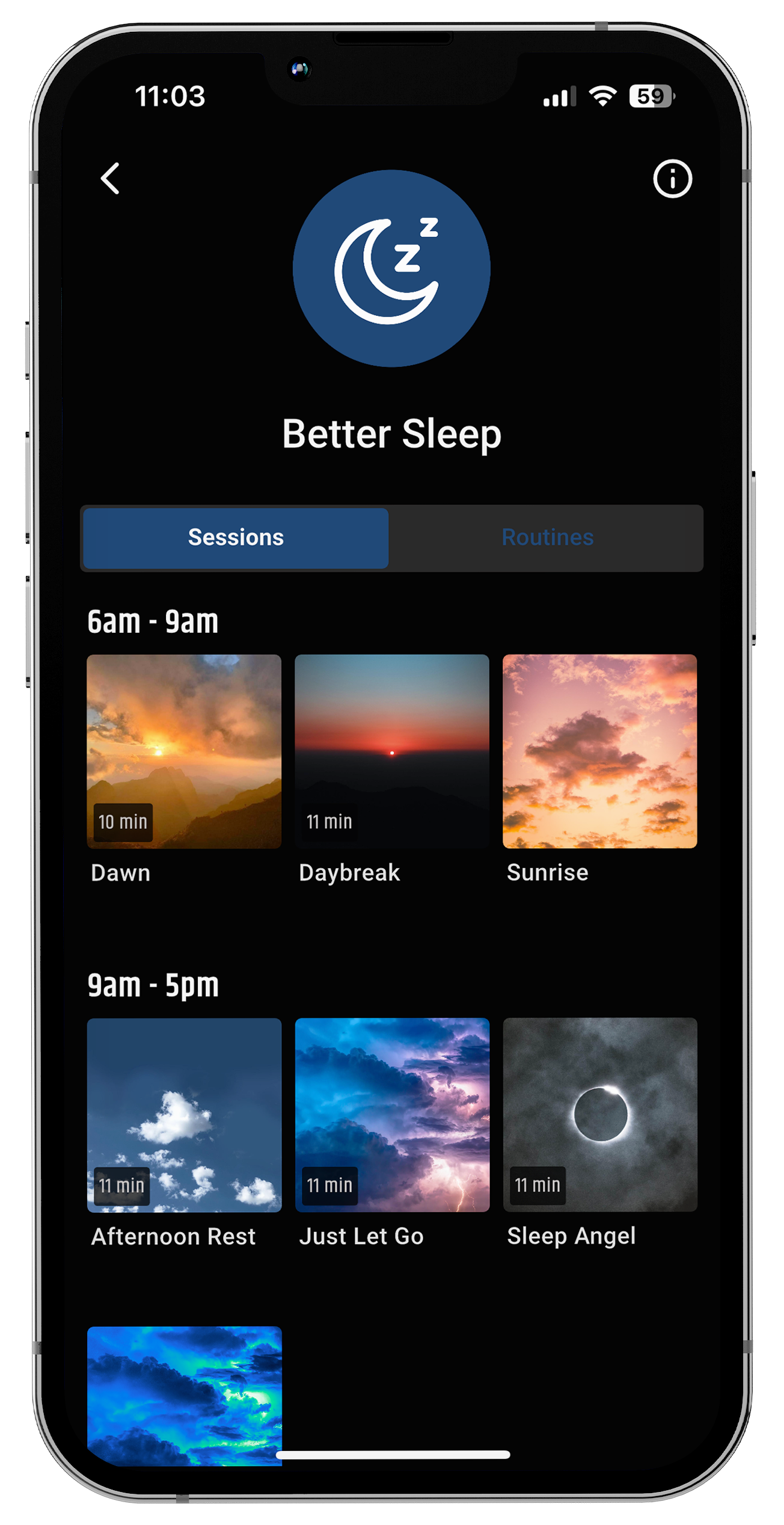










Share:
Neuroplasticity and Addiction: How the Brain Rewires and Recovers
Neuroplasticity and Mindfulness: How the Brain Rewires Through Awareness